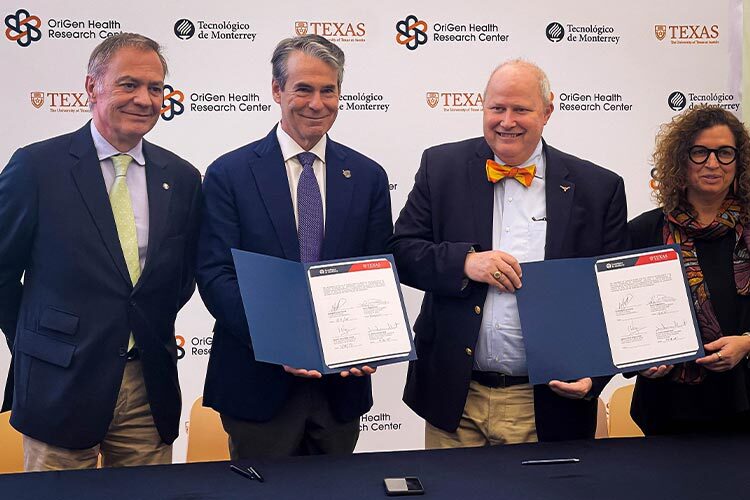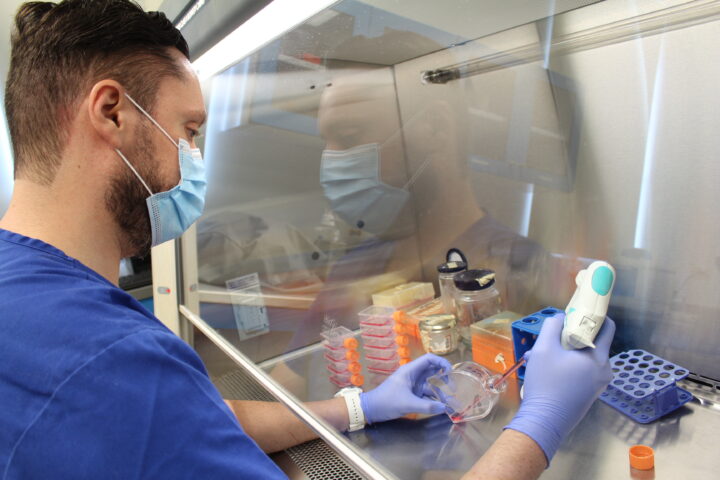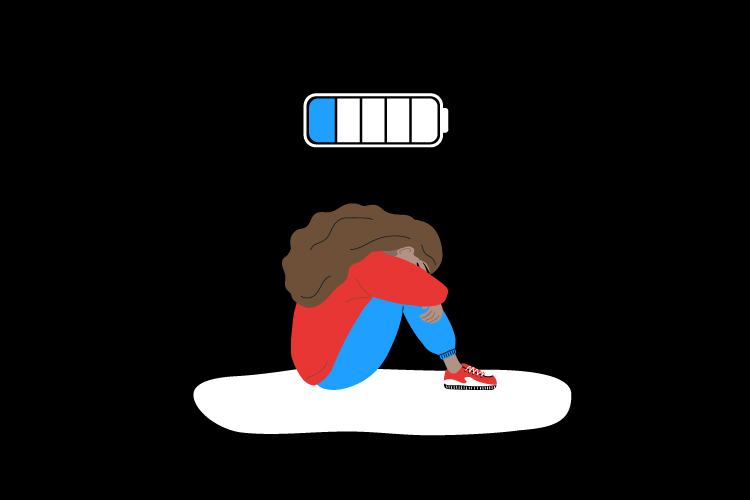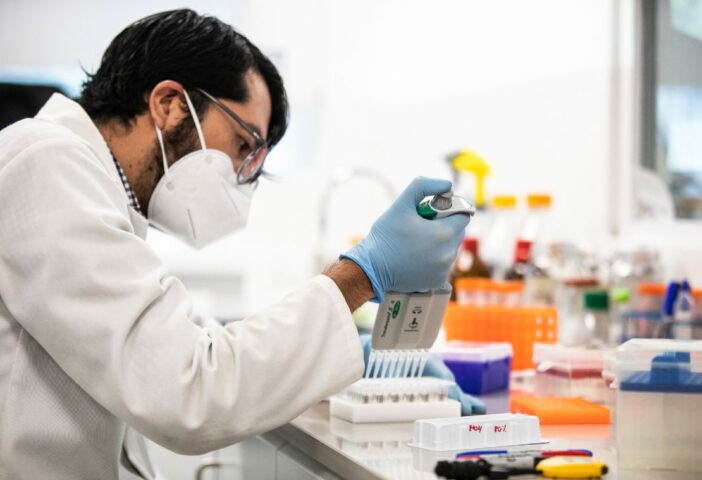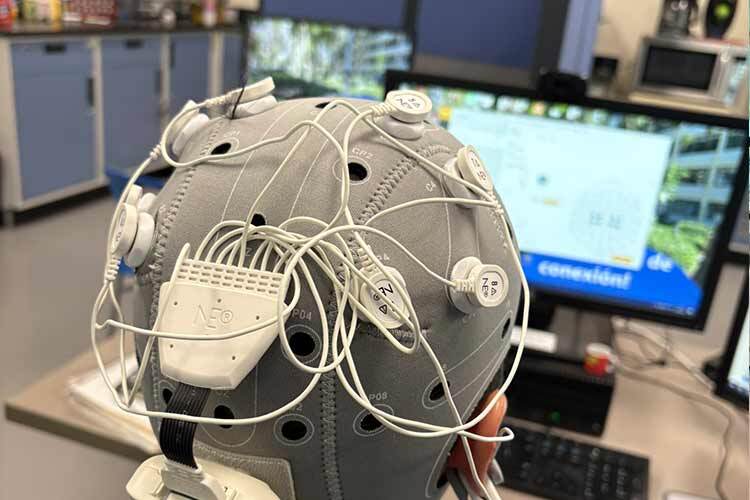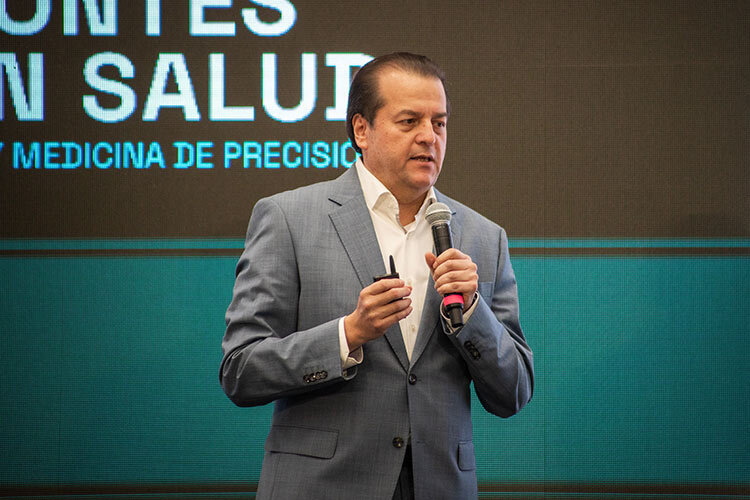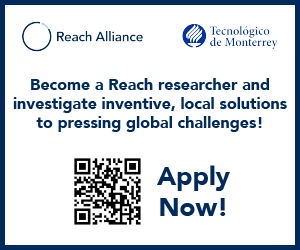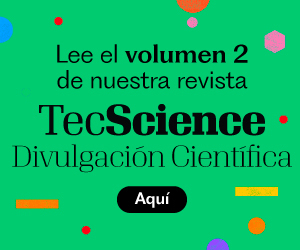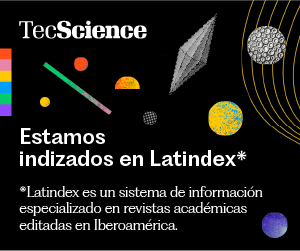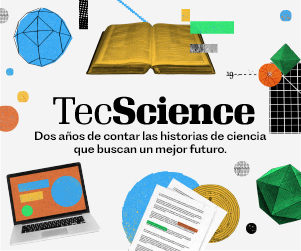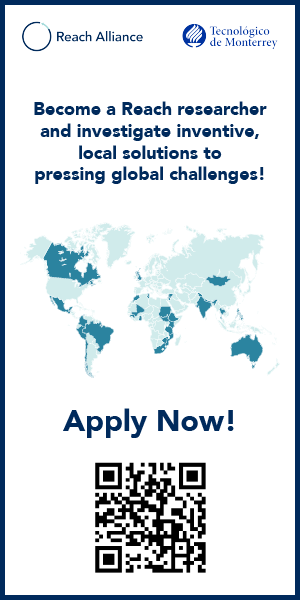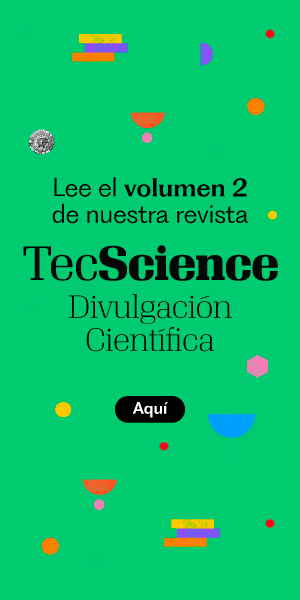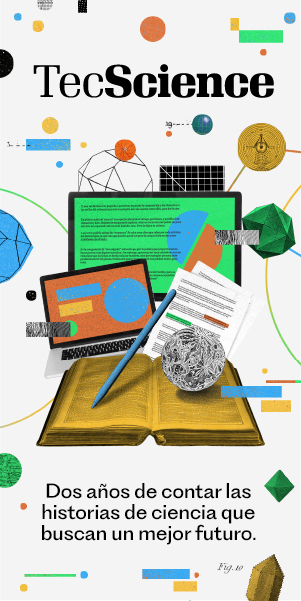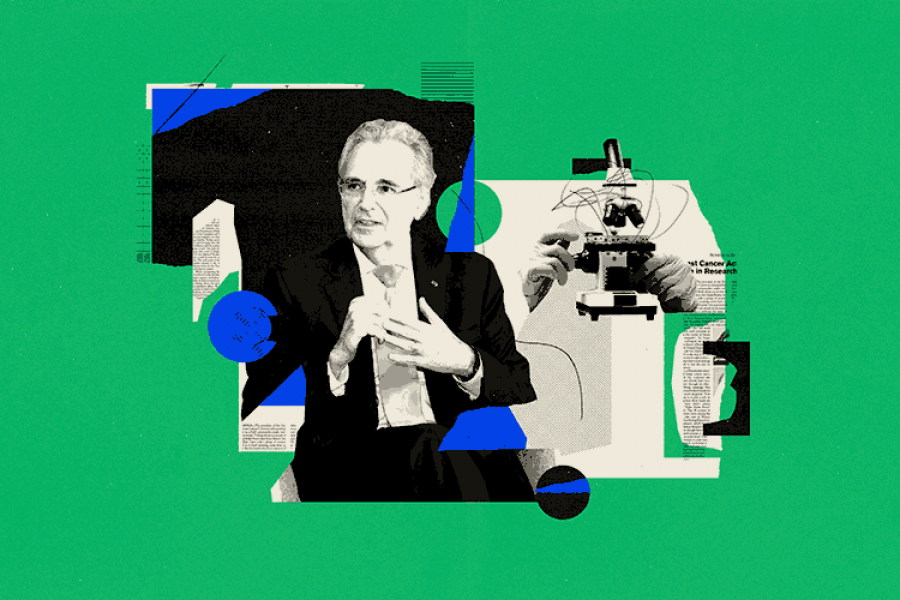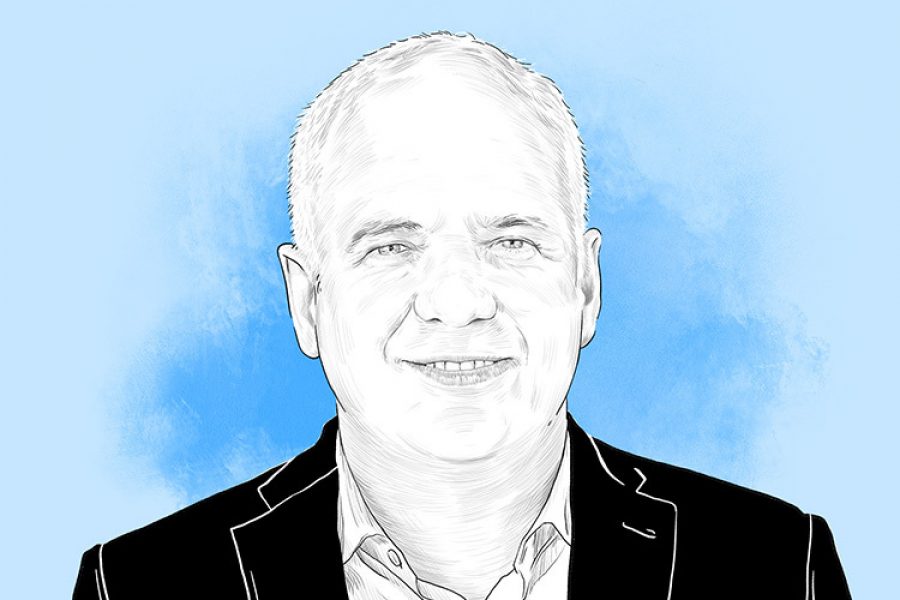This initiative will be fundamental for developing predictive models that allow for personalized treatments.
Researchers, academics, and physicians gathered at the Expedition FEMSA auditorium at Tec to inaugurate the OriGen Health Research Center (OHRC). The center seeks to advance the understanding and treatment of metabolic diseases in Latino populations on both sides of the border.
This project was born out of a cross-border collaboration between Tecnológico de Monterrey and the University of Texas at Austin. The center’s facilities will be based in Austin, but responsibility will be shared between the universities.
The two co-directors, Alexandro Martagón, General Coordinator of the Metabolic Disease Research Unit at Tec de Monterrey, and Gabriela Livas Stein from UT Austin, aim for the center to fill an important gap in the scientific world.
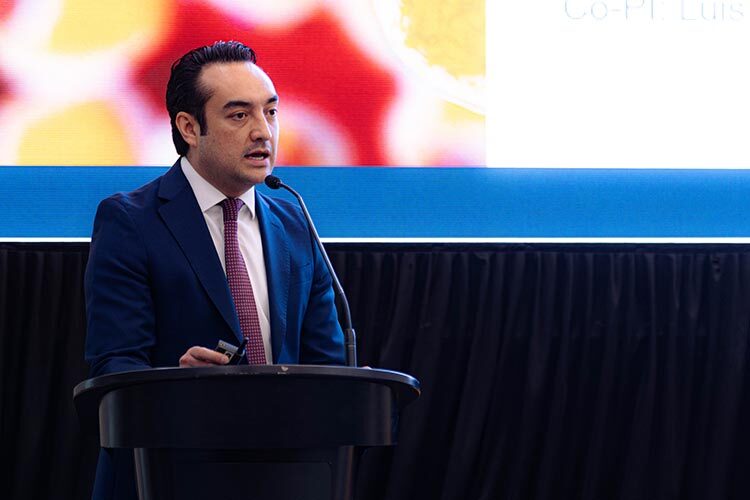
“This is a population that constitutes a large part of the world, but has been little studied in the scientific literature,” said Livas during her speech. “This will be an opportunity to open these doors and impact not just the study of Mexicans, but of the entire world.”
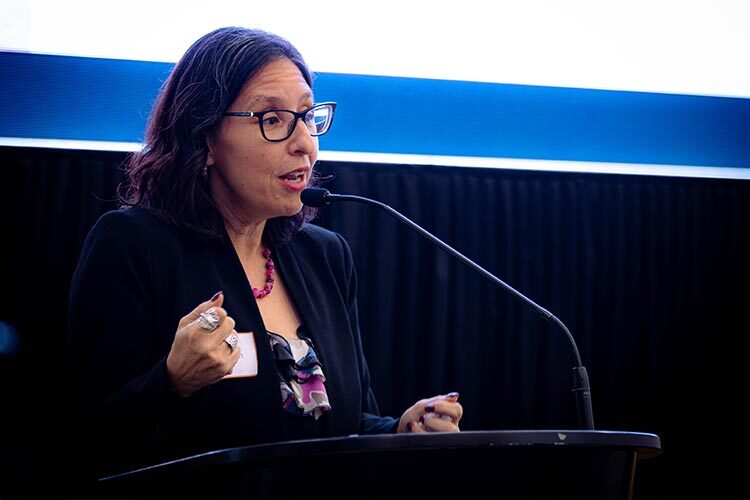
During his inaugural speech, David Vanden Bout, Interim Executive Vice President and Provost of UT Austin, highlighted that this collaboration is the result of a full year of work building bridges between the two institutions. He emphasized the transformational nature of the project and its potential to become a model for binational collaboration beyond Texas and Nuevo León.
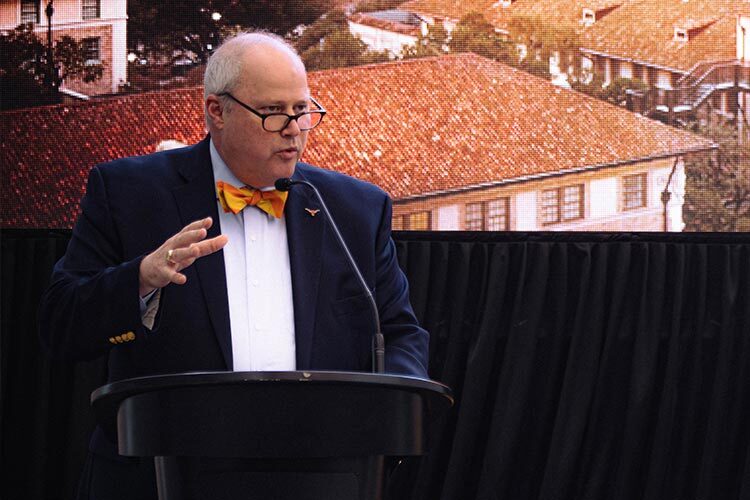
In the same vein, representatives from Tecnológico de Monterrey emphasized how establishing meaningful relationships across the border will provide better solutions to health problems that impact not only Latinos, but people across the globe.
In her speech, Livas shared the story of her father, who had left Monterrey to study at UT Austin in the 1960s as part of the Good Neighbor policy. This family experience emphasized the symbolism of the center as a continuation of a long history of cooperation between the two regions.
In an interview, Livas explained that traditional medical research has been primarily based on studies with European populations, offering a limited point of view that does not represent global diversity. The OHRC seeks to broaden this perspective, generating knowledge that benefits populations around the world.
During the ceremony, a video was shown presenting the Origen project, described as the largest biobank of genetic, clinical, and epidemiological information in Latin America. This pioneering initiative from Tec de Monterrey will be fundamental to the work of the OHRC, which will use this data along with Artificial Intelligence (AI) to develop predictive models that allow more precise personalization of treatments.
The Launch of Research
The three initial projects of the center were presented by the co-directors. The first will study patterns of body fat distribution in Latinos using AI. When presenting it, Martagón illustrated the cultural relevance of the project by mentioning how in Mexico there are popular sayings about how people from different regions accumulate fat in different parts of the body. What seems like simple popular knowledge actually has scientific bases that the center will investigate, seeking to understand how these patterns influence the development of metabolic diseases.
The second project will examine how stress at different life stages affects the development of metabolic diseases, recognizing that the effects of childhood stress differ significantly from those experienced in adolescence or adulthood.
The third will develop a digital intervention for overweight teens, combining personalized nutritional counseling with psychological and family support. This approach, Livas said, recognizes that adolescence is a critical period where habits are cemented and that interventions must consider both physical and mental health.
“We don’t have enough doctors, nutritionists, or psychologists, so we’re trying to have interventions that can have a greater impact, that are scalable,” explained Livas.
In explaining the operational structure, Martagón highlighted that although the center will be physically located on the UT Austin campus, it will function with true binational integration, with teams from both institutions working together and leveraging the strengths of each institution.
One of the most innovative aspects of the OHRC will be its focus on education as well as scientific advances. “Our idea is not just to have a laboratory and be locked in there doing experiments. It’s a project that needs to interact with the population,“ said Martagón. “Traditionally there is this gap between the article that is published and the population never finds out. We have to try to make that connection.”
During the event, Martagón presented these projects as the “seeds” that will help the Center flourish in the coming months and years. He described this initiative not as a collaboration forced by institutional interests, but as a “collaboration with passion,” driven by professionals genuinely committed to a common goal.
Were you interested in this story? Do you want to publish it? Contact our content editor to learn more about marianaleonm@tec.mx
